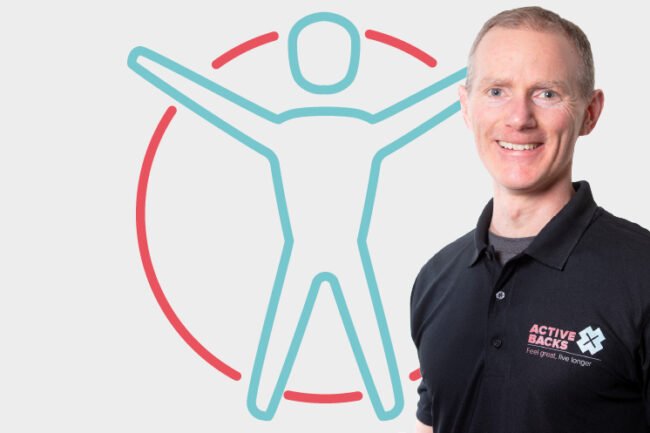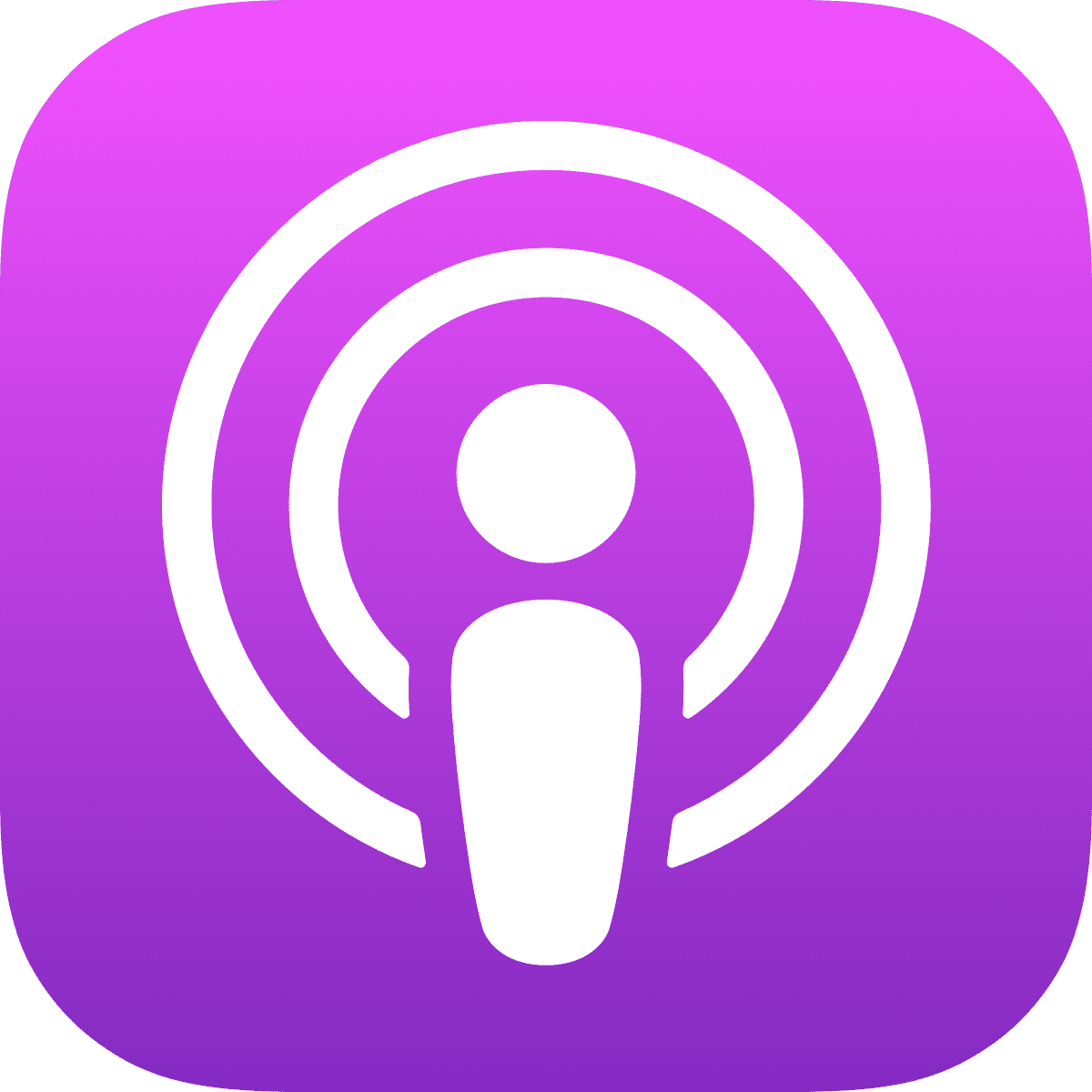“No pain, no gain” vs “use it, but don’t abuse it”
“No pain, no gain” vs “use it, but don’t abuse it”
Today’s episode is entitled “No pain, no gain” vs “use it, but don’t abuse it”, and you will learn:
- Performance sport vs healthcare/rehab
- “No pain, no gain” might prevent healing
- You can sensitize your nervous system and lead to more pain
- “No pain, no gain” will lead to setbacks which are depressing

Performance sport vs healthcare/rehab
We’re applying these two terms to the rehabilitation, recovery, relief and prevention of lower back pain / sciatica. The expression “no pain, no gain” comes from the world of competitive sport, in which you have to push your body in training and competition. That often results in pain. However, it doesn’t have a place in the relief and prevention of lower back pain. If you’re trying to recover from an episode of low back pain / sciatica, the Maxim you need is not “no pain, no gain”, but “use it, but don’t abuse it”, which is grounded in scientific principles of rehabilitation. This approach of maintaining physical activity without aggravating your pain is the way to go.
“No pain, no gain” might prevent healing
The biological purpose of pain is an alarm system. If the alarm bell rings, it’s warning you that if you go any further, you’re in danger of damage. You’re in danger of undermining your rehabilitation or further traumatizing the tissue before it has a chance to heal. If it’s painful or uncomfortable, don’t go any further, otherwise you may do further damage. “No pain, no gain” has no role whatsoever in rehabilitation from injury. If it’s hurts, back off. That’s why we have the maximum of “use it, but don’t abuse it”.
You can sensitize your nervous system and lead to more pain
If you do things that cause pain, you can sensitize your nervous system. The nociceptors send a message into your spinal cord, which sends a message up to your brain. You may or may not register pain, depending on the size of the message and other variables. The longer and more frequently that pain pathway fires for, the more sensitized your nervous system can become. That pathway becomes hardwired into your system to the point where a very insignificant input, even somebody brushing your skin, could be enough to cause the pain pathway to fire. That is complex regional pain syndrome. People just breath alone on someone with a company complex regional pain syndrome can cause intense pain. That is why you should always stick to “use it, but don’t abuse it”, and forget about “no pain, no gain”.
“No pain, no gain” will lead to setbacks which are depressing
This approach increases your risk of a setback, which leads to a depressed mood. The last thing you need when you have been trying to rehabilitate for a long time, is a setback. People’s mood is highly predictive of long-term outcomes when it comes to pain. People who are prone to anxiety and depression tend to experience more pain. But if you have a persistent or recurring pain, that’s upsetting and demotivating. You shouldn’t push against the pain barrier. Maintaining movement is super important, but it needs to be painless, or at least very mild pain. That is why we say “use it, but don’t abuse it” is a much better approach.


